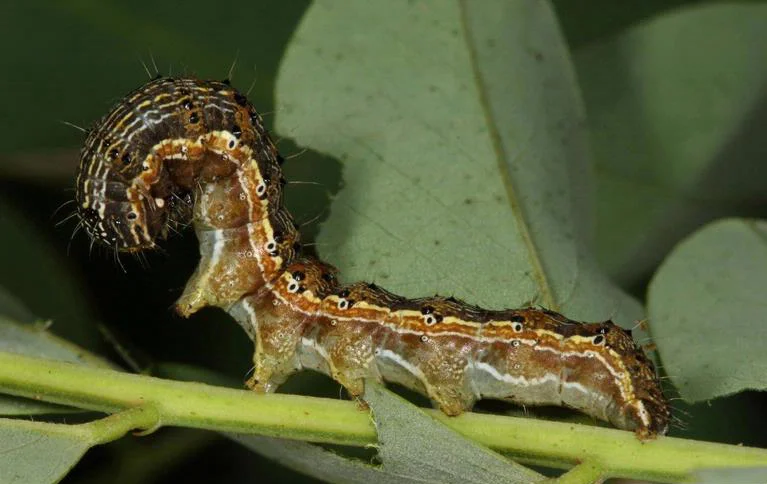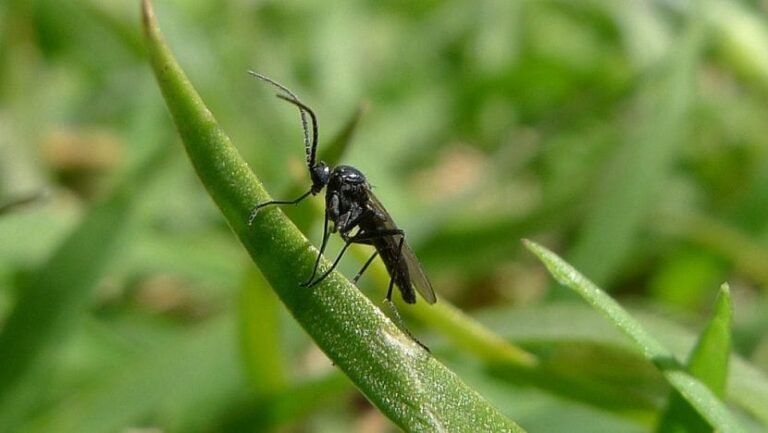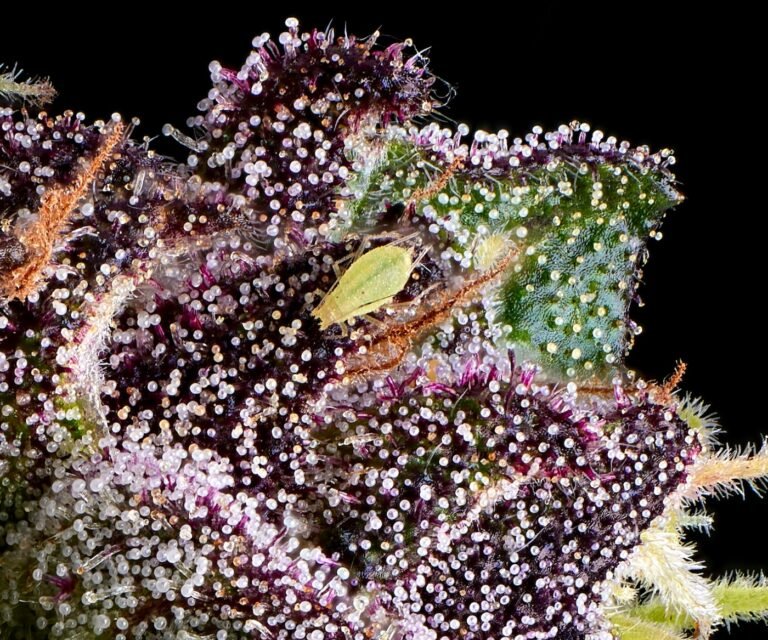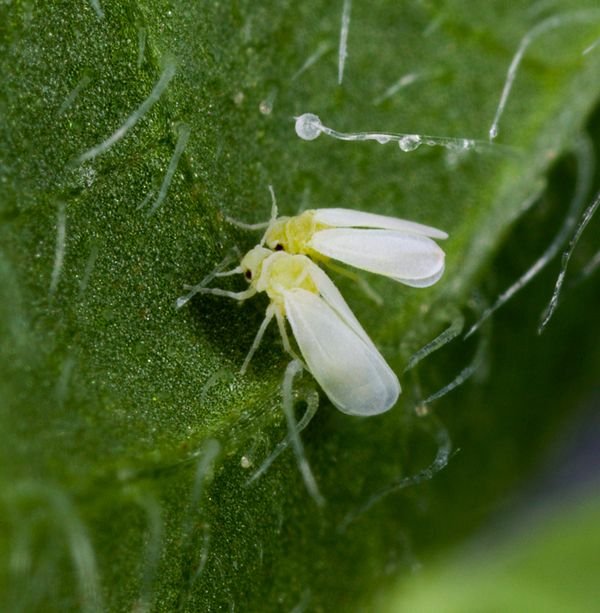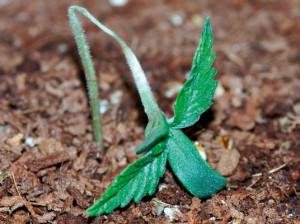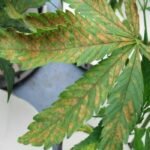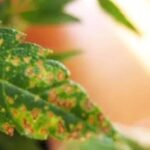Caterpillars are the larvaes of the most well-known insect before their methamorphosis into beautiful butterflies.
Before finding a Caterpillar on cannabis plants, you’ll see butterflies landing on the buds or leaves, usually in the highest parts where the largest and most inaccessible buds are found. The butterfly will lay its eggs before winter arrives. These eggs will hatch when ambient temperatures are most suitable, requiring the warmth of late summer, which coincides with the arrival of winter.



How to detect Caterpillar attacks on cannabis plants?
You must carefully watch the leaves, specially at the leaves or buds found in the highest parts of the plants, where the butterflies lay their eggs. It’s really difficult to see the eggs with the naked eye, but if you look closely, you can see them as small clusters of dots that take on different colors (white/yellow) and shapes (round/oval) depending on whether they are one kind butterfly eggs or another one.
After this initial inspection and during flowering, we should examine the buds, starting at the top and gradually moving down the plant, looking for small black, gray, or brown remains or darker parts of the bud that are beginning to rot. The flowers they will attack first will be those with a large, but not extremely compact, bud, so they can move through the middle, devouring softer tissues such as the small branches that form the beginning of the bud.
If you find a Caterpillar, you should inspect the entire plant daily, especially during those hours when the sun is low and the humidity is high. Although it is very easy to find them eating nonstop throughout the day, as their hunger is insatiable and voracious.
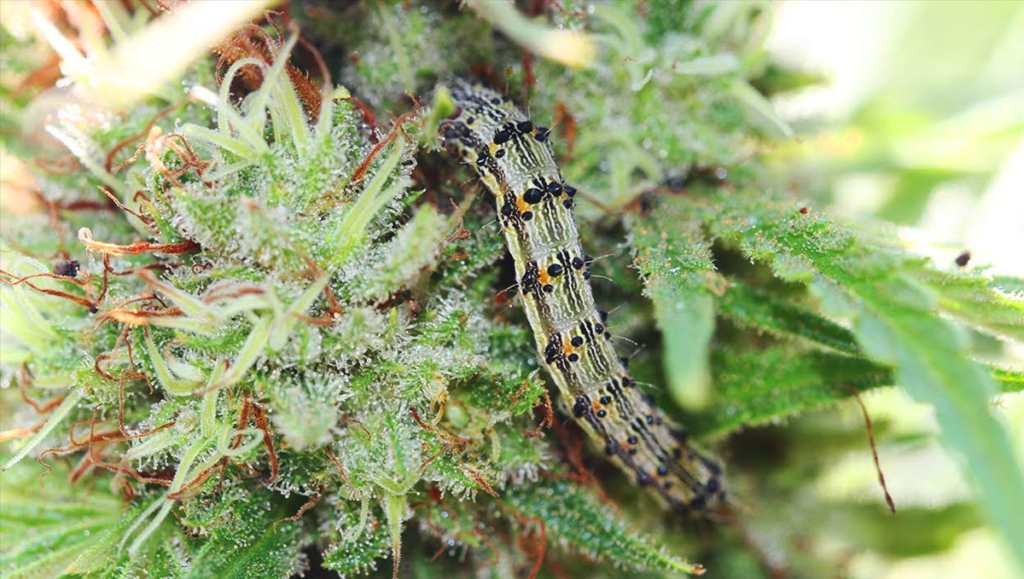
What can you do to prevent or eradicate Caterpillar infestations?
If you have spotted a Caterpillar or watched chewed buds on your plants, you should apply a product that repels or kills butterfly eggs and larvae, such as Potassium soap with neem oil.

Caterpillar infestation just before harvesting
If the infestation appears in the last 15 days, watch the plants, carefully opening the buds to see if caterpillars are hiding among the flowers. This way, it’s very easy to harvest plants with the largest buds clearly damaged or even throw them away because they become unusable due to caterpillar bites and droppings, which also cause the growth of fungi such as Botrytis.
Therefore, keep a close eye on your plants to prevent this.
After harvesting, hang the plants upside down to dry. This way, the plants lose their moisture and are no longer a good hiding place for caterpillars that may have survived the manual purging.
Recommendations for a Caterpillar-free crop
- Watch out butterflies settling on the plants.
- Look after eggs on the leaves.
- During flowering, check the buds for signs of bites.
- If detected apply insecticide compatible with Caterpillars.
- Stop applying the product within the last 15 days.
- Check the plants and buds after harvest and remove infected or bitten parts.
- Collect any caterpillars that emerge if the product cannot be applied.



